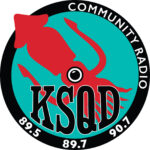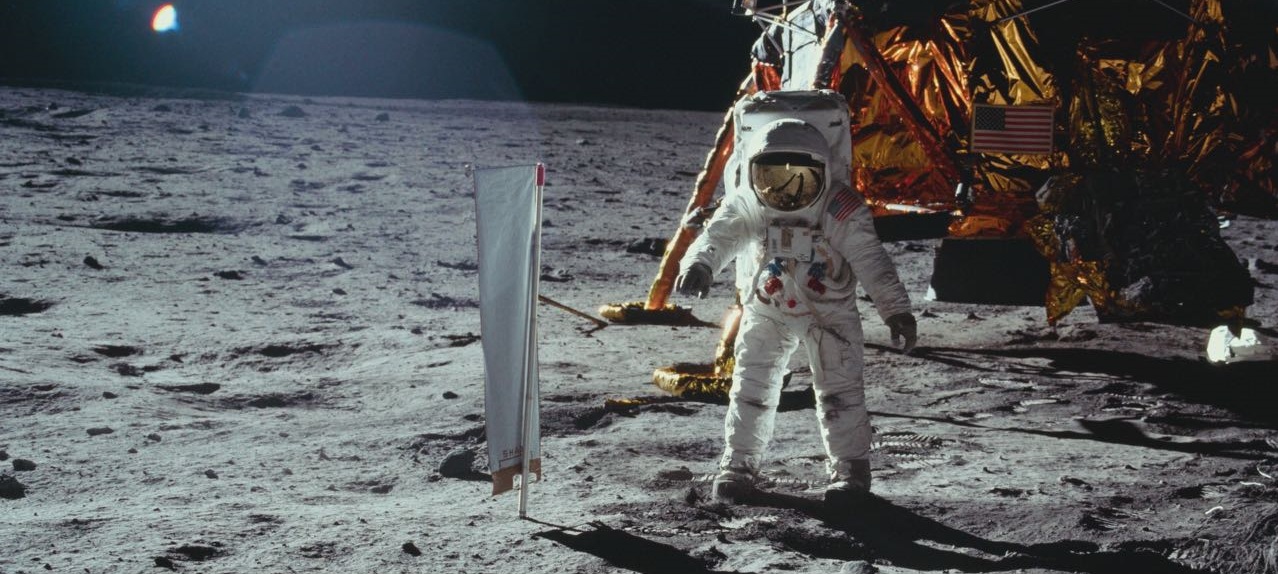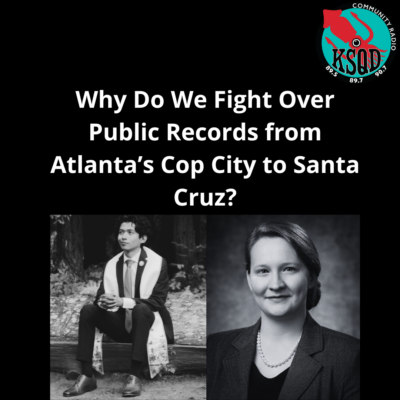
This year marks the 50th anniversary of the historic voyage of Apollo 11 and Neil Armstrong’s giant leap for mankind. Apollo 11, the documentary, commemorates this monumental event, and if there’s ever been a film that deserves to be seen on the big screen, this is it! Constructed from digitally restored archival film, video and audio, Apollo 11 effectively conveys what it must have been like to have actually witnessed this awe-inspiring achievement firsthand.
The film starts off during the pre-launch phase, July 16th, 1969. The first of many jaw-dropping images is of a gargantuan mobile launch pad, groaning and creaking, as it slowly moves the 360 feet tall Saturn Five rocket on massive caterpillar tracks. Delaying the actual launch for over 20 minutes, the film meticulously builds anticipation with crosscuts between multiple viewpoints, switching from civilian crowds surrounding Kennedy Space Center, to NASA engineers monitoring their control consoles, to footage captured by cameras mounted on the launch pad. We’re also shown the three astronauts, Mike Collins, Buzz Aldrin, and Neil Armstrong, getting fitted into their space suits, as well as rapid-fire photomontages of each of their lives.
Unlike most documentaries of this kind, there is no voice-over narration. Live news broadcasts and radio communications with mission control provide the only exposition, creating the sense that we’re watching a real-time event with all of its unpredictability, such as the discovery of a potentially dangerous hydrogen leak coming from the rocket’s main fuel tank just moments before launch.
Finally it’s T minus 65 seconds. The countdown begins. Electronic music, created with instruments from 1969, provides a subtle but ominous background drone that further heightens the tension. And then ignition, and we see the flames and hear the roar of more than 7 million pounds of thrust. It’s a truly visceral experience.
Todd Douglas Miller, the director, editor and co-producer, follows a similar structure for every major stage of the nine-day flight, essentially creating a succession of nail biting experiences. In addition, he creates an impressive sense of scale, not just for the technology involved or the distances traveled, but for the sheer number of people required to pull off a moon landing. As we hear Mike Collins tell TV audiences during a broadcast from space, “This operation is somewhat like the periscope of a submarine. All you see is the three of us, but beneath the surface are thousands and thousands of others.” Apollo 11 gives us a glimpse below that surface. In one scene, we’re shown a small army of contract workers within a massive rocket manufacturing facility. In another, a long dolly shot reveals row after row of what appears to be hundreds of engineers and flight technicians, poised over their control consoles, working around the clock in color-coded shifts. Conspicuously though, not a single female or dark-complexioned individual can be seen among them, which calls attention to the fact that Apollo 11 also serves as an important historical document not only of events and technology, but, sadly, gender and racial disparities of the time.
I really can’t sing the praises of Apollo 11 loud enough. If, like me, your primary exposure to the Apollo moon landing has been through video clips seen on TV, or via reenactments within other films – such as 2018’s First Man – then you owe it to yourself to see Apollo 11 the way it was meant to be seen, emblazoned on the silver screen!
For KSQD’s Film Gang, this is Paul Kanieski.











